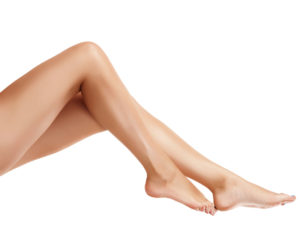 Varicose veins are veins that have become enlarged and tortuous. The term commonly refers to the veins on the leg,[1] although varicose veins can occur elsewhere. Veins have leaflet valves to prevent blood from flowing backwards (retrograde flow or reflux). Leg muscles pump the veins to return blood to the heart (the calf muscle pump mechanism), against the effects of gravity. When veins become varicose, the leaflets of the valves no longer meet properly, and the valves do not work (valvular incompetence). This allows blood to flow backwards and they enlarge even more. Varicose veins are most common in the superficial veins of the legs, which are subject to high pressure when standing. Besides being a cosmetic problem, varicose veins can be painful, especially when standing. Severe long-standing varicose veins can lead to leg swelling, venous eczema, skin thickening (lipodermatosclerosis) and ulceration. Life-threatening complications are uncommon.
Varicose veins are veins that have become enlarged and tortuous. The term commonly refers to the veins on the leg,[1] although varicose veins can occur elsewhere. Veins have leaflet valves to prevent blood from flowing backwards (retrograde flow or reflux). Leg muscles pump the veins to return blood to the heart (the calf muscle pump mechanism), against the effects of gravity. When veins become varicose, the leaflets of the valves no longer meet properly, and the valves do not work (valvular incompetence). This allows blood to flow backwards and they enlarge even more. Varicose veins are most common in the superficial veins of the legs, which are subject to high pressure when standing. Besides being a cosmetic problem, varicose veins can be painful, especially when standing. Severe long-standing varicose veins can lead to leg swelling, venous eczema, skin thickening (lipodermatosclerosis) and ulceration. Life-threatening complications are uncommon.
Contact Dr. Heather Roberts for further information regarding treatments for this condition.

